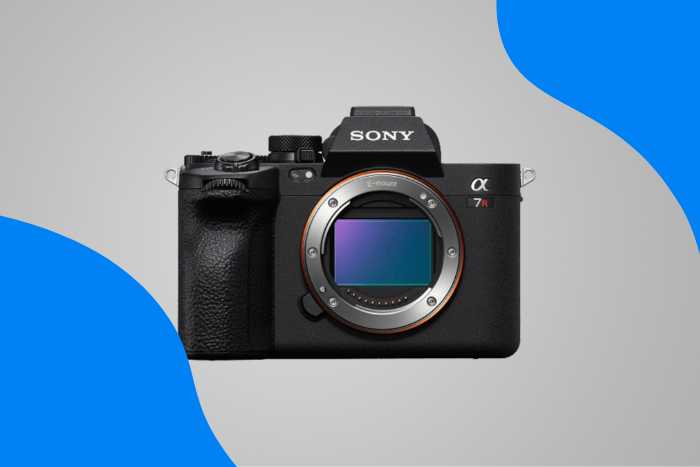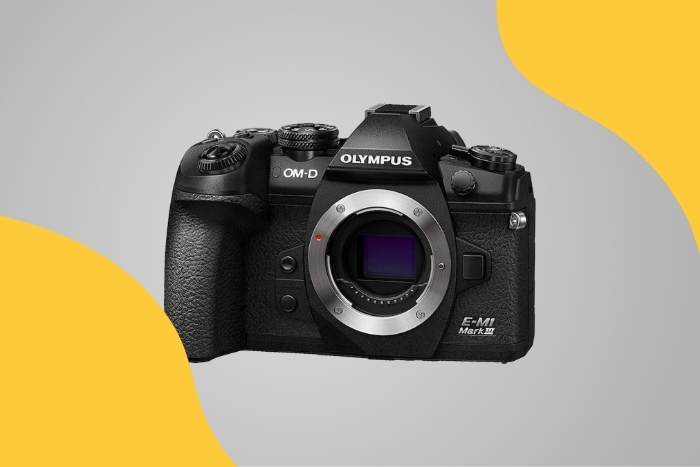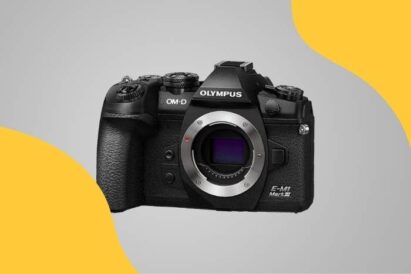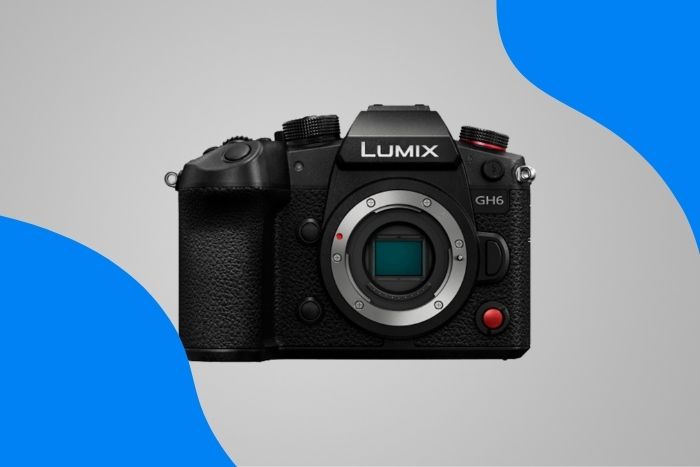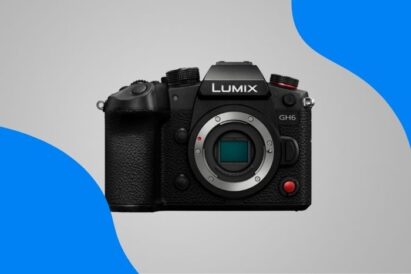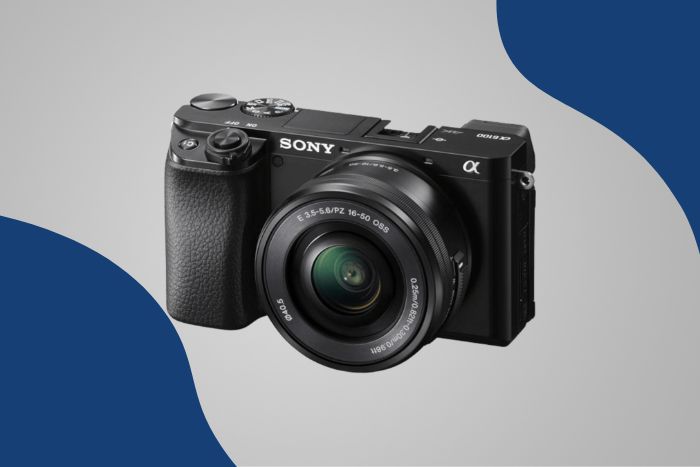What’s the best camera for outdoor photography? Well, it depends on what you mean.
“Outdoor” genres include wildlife and nature photography, sports, street, travel, and landscape photography. Even portrait and wedding photographers are known to take pictures outdoors!
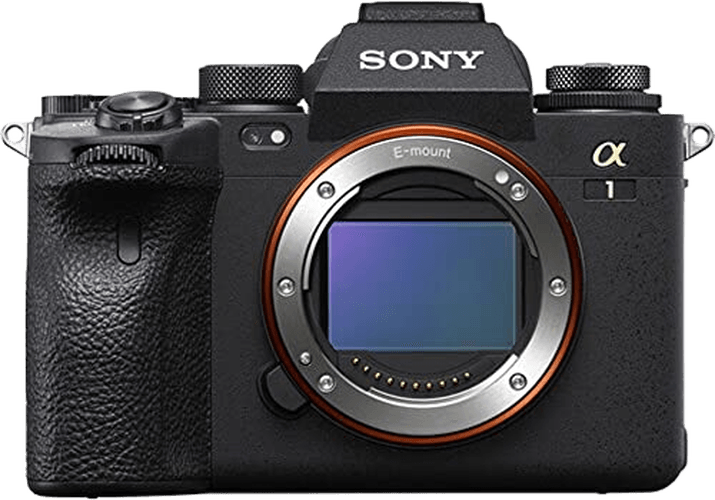
Sony a1
I’m a wildlife photographer myself. So I have first-hand experience with full-frame DSLR cameras and mirrorless cameras such as the Nikon D850 and the Sony a1. But I’ve also picked out a few models that fulfill a particular need, such as the Fujifilm X-T4 mirrorless APS-C.
What is the Best Cameras for Outdoor Photography in 2022?
Before we discuss each camera in detail, here are my recommended best cameras for outdoor photography:

- Large 50MP sensor
- A high frame rate of 30fps
- 8K/30p Ultra-HD video
- Eye-tracking
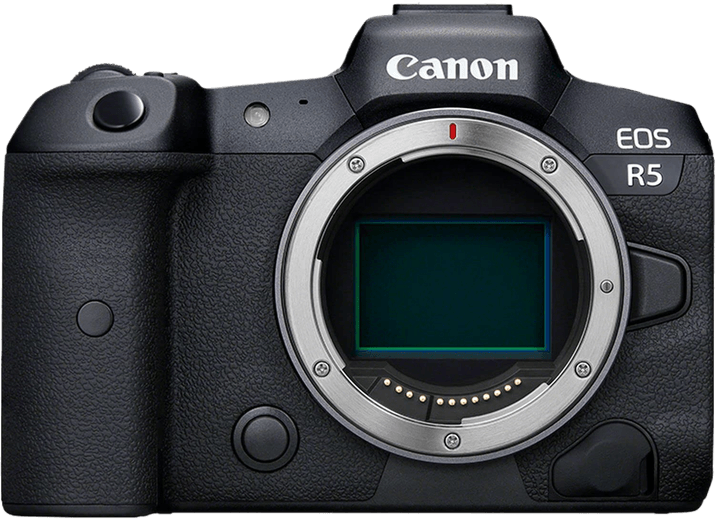
- Large 45MP sensor
- A high frame rate of 20fps
- 8K/30p Ultra-HD video
- Silent shooting
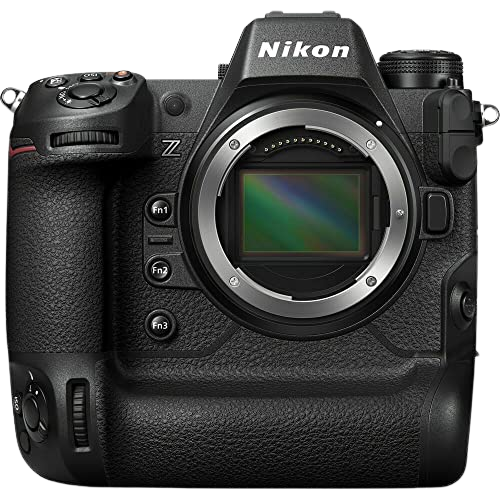
- 45.7MP CMOS sensor
- Ultra-fast processor
- 120fps frame rate
- 8K/60p Ultra HD video
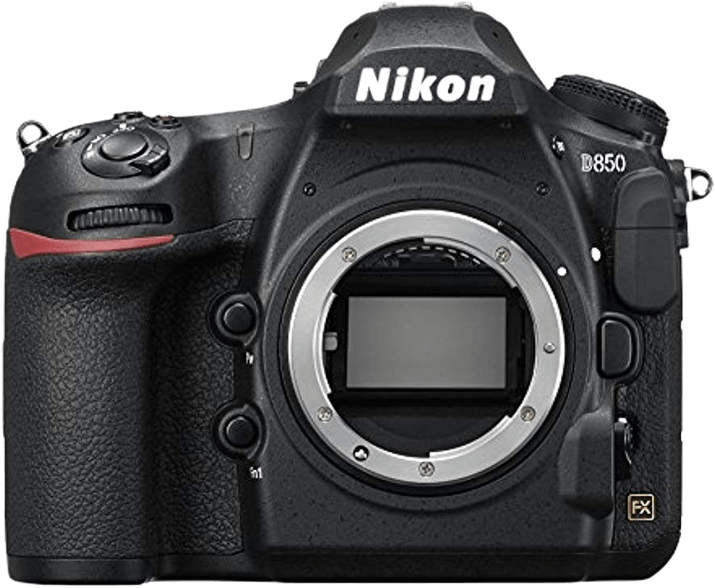
- Quality 45.7MP BSI sensor
- 3D AF-C tracking
- 153-point AF system
- 4K/30p Ultra HD video

- 32.5MP APS-C sensor
- 4K/30p Ultra-HD video
- Easy to use
- Good battery life
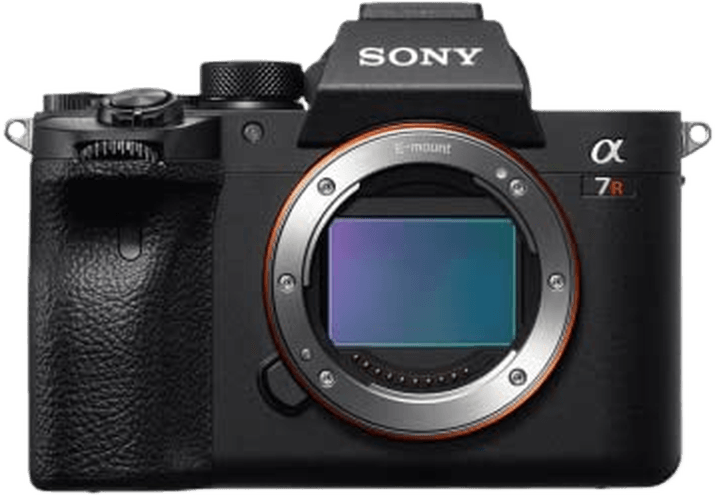
- 60.2MP BSI-CMOS sensor
- Excellent autofocus
- 4K Ultra-HD video
- Weather-sealed
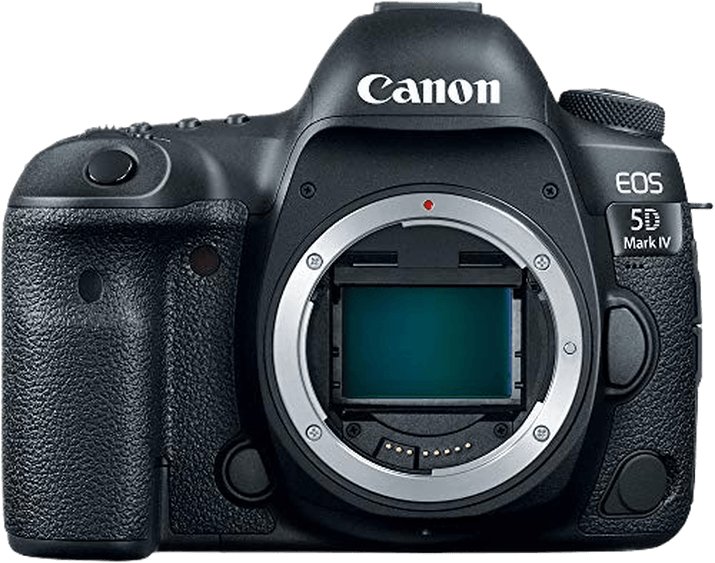
- 30.4MP CMOS full-frame
- Great image quality
- Dual Pixel autofocus
- User-friendly touchscreen
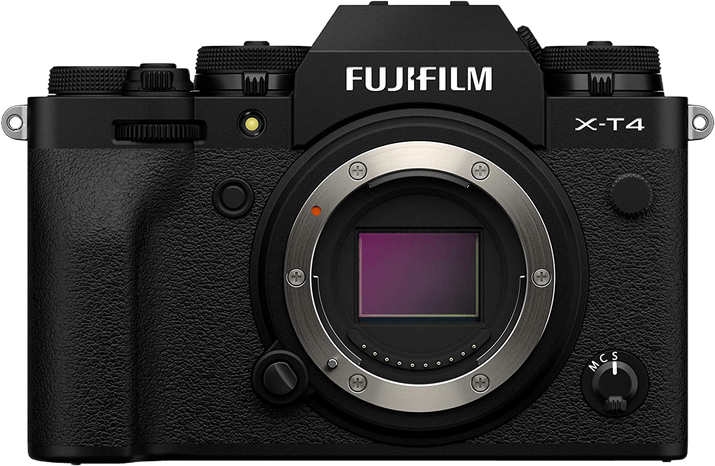
- 26MP APS-C BSI-CMOS
- Great image stabilization
- 4K video (DCI or Ultra HD)
- Fully-articulated touchscreen
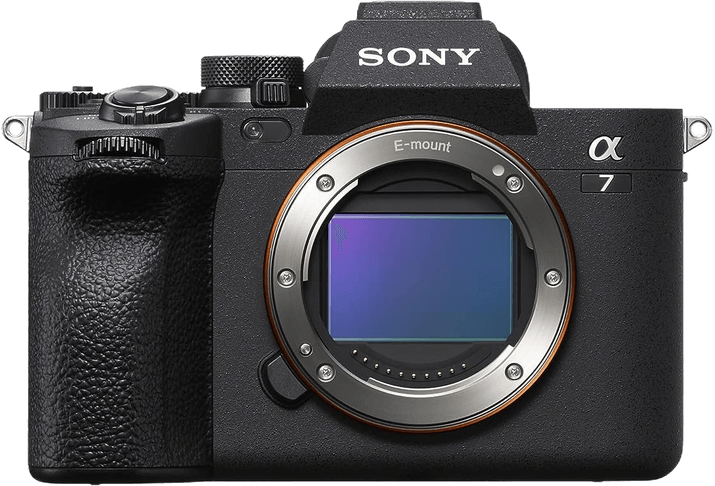
- 33MP BSI-CMOS sensor
- Good image stabilization
- Full-width oversampled 4K
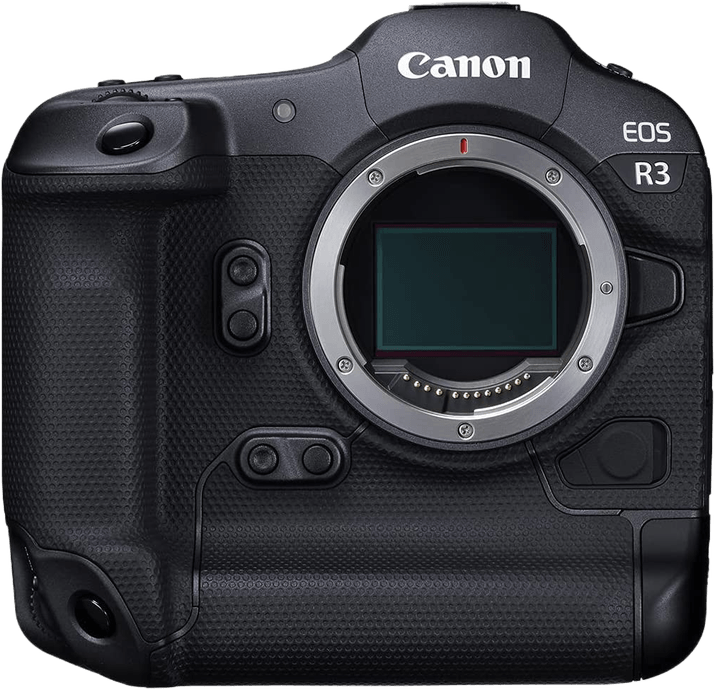
- High frame rate of 30fps
- Less noise than rivals
- 6K/60p RAW video
- Good battery life
10 Best Cameras for Outdoor Photography (in Detail!)
Let’s dive into the list and take a closer look at the key features of each camera—where they excel, where they need to be improved, and who will benefit most from shooting with them!
1. Sony a1

| Camera Type |
Camera Type
|
| Megapixels |
Megapixels
50.1 MP |
| Sensor Format |
Sensor Format
|
| Sensor Size |
Sensor Size
24 x 35.9 mm
|
| Frame Rate |
Frame Rate
30 fps |
| Autofocus Points |
Autofocus Points
759 |
- Large sensor captures tons of detail
- High frame rate of 30 fps
- Eye tracking (human, animal, and bird)
- Easy customization
- Silent shooting for quiet situations
- Incredible 8K/30p Ultra HD video
- Expensive
- Highest frame rates only for JPEG, HEIF, and lossy compressed RAW files
- Eye tracking only selected manually
- Small rear LCD screen
- No GPS
I recently traded all my Nikon cameras, lenses, and accessories for two Sony Alpha a1 mirrorless cameras.
They may be expensive, but they’re currently the best all-around cameras available. And I’m a no-compromise sort of guy!
Most other cameras offer high-resolution sensors or high frame rates—but not both. The Sony has a 50MP sensor, and it can shoot at 30fps!
It’s certainly a step up from my old D850. But it’s also ahead of its nearest mirrorless competitors—the Nikon Z 9 and the Canon EOS R5.
For a wildlife photographer like myself, the speed and accuracy of the autofocus are critical. The Sony a1 has that covered. At the end of last year, I went to Canada to see the polar bear migration and to Antarctica to see the penguins. I hardly used my DSLR because I was enjoying the a1 so much!
The Sony a1 ticks all the boxes regarding image quality, wide dynamic range, autofocus, continuous shooting speed, and usability. For landscape photography, that’s all you need to know! We also named the a1 our best camera for safari photography and bird photography!
If you want more food for thought, try these popular comparisons with the Sony a1:
2. Canon EOS R5

| Camera Type |
Camera Type
|
| Megapixels |
Megapixels
45 MP |
| Sensor Format |
Sensor Format
|
| Sensor Size |
Sensor Size
23.9 x 35.9 mm
|
| Frame Rate |
Frame Rate
20 fps |
| Autofocus Points |
Autofocus Points
1,053 |
- Large 45 MP sensor
- High frame rate of 20 fps
- In-Body Image Stabilization (IBIS)
- Body, face, eye, and animal tracking
- 8K/30p Ultra HD video
- Expensive
- Complicated autofocus setup
- Noise reduction applied to RAW files
- Hard to customize
- Overheats shooting video
Canon is battling against Sony and Nikon in the full-frame mirrorless market. The EOS R5 is their flagship product.
The EOS R5 has very similar specs to the a1 with excellent Dual Pixel AF (autofocus). But it disappoints in terms of sensor resolution and frame rate for what you’re paying.
The electronic shutter also causes exposure “banding”—large portions of a single color—under artificial light. Plus, shooting at the maximum of 20fps leads to a slight loss in dynamic range.
The video quality is superb. But it does have problems with overheating if you want to use the highest-quality 8K format. Given the pre-launch teasers about the R5’s 8K capability, it’s a shame.
Here’s some camera comparisons with the Canon R5 for more inspiration:
- Canon EOS R5 vs Sony a9 II
- Canon EOS R5 vs Nikon Z6
- Canon EOS 1D X Mark III vs EOS R5
- Canon EOS 1D X Mark II vs EOS R5
- Canon EOS 7D Mark II vs EOS R5
3. Nikon Z9

| Camera Type |
Camera Type
|
| Megapixels |
Megapixels
46 MP |
| Sensor Format |
Sensor Format
|
| Sensor Size |
Sensor Size
23.9 x 35.9 mm
|
| Frame Rate |
Frame Rate
30 fps |
| Autofocus Points |
Autofocus Points
493 |
- Ultra-fast image processor
- High, 120 fps compressed frame rate
- No visible rolling shutter
- Excellent battery life
- 8K/60p Ultra HD video
- Unlimited low-resolution recording
- Only 11 MP files at the highest frame
- You can only shoot RAW files at 20 fps
- Tracking can fail with erratic movement
- IBIS not as good as Canon R3
- Autofocus isn't as good for video
- The screen doesn't fully articulate
The Nikon Z9 arrived a whole year after the Sony a1—which meant it wasn’t available when I needed it! But they used that time to produce a very affordable camera with the best specs on paper of any mirrorless full-frame model.
The Nikon Z9 sensor is slightly smaller than the a1’s. And the frame rate is vastly superior—if you don’t mind 11MP files!
Nikon boasts that the Z9’s AI-driven autofocus is “class-leading” and “mind-blowing.” The 493-point AF system allows excellent subject tracking across the frame. And there are 10 AF-area modes to choose from. You can also stop worrying about buffering as the Z9 can take over 1,000 high-quality images in one continuous shooting burst.
Video capture is also a breeze compared to its mirrorless rivals. The Z9 offers an incredible 8K/60p resolution (with the latest firmware update).
Plus, it has a maximum recording time of 2.5 hours—and no limit for lower-resolution formats!
If you want further info, have a look at these comparisons with the Z9:
4. Nikon D850

| Camera Type |
Camera Type
|
| Megapixels |
Megapixels
45.7 MP |
| Sensor Format |
Sensor Format
|
| Sensor Size |
Sensor Size
23.9 x 35.9 mm
|
| Frame Rate |
Frame Rate
7 fps |
| Autofocus Points |
Autofocus Points
153 |
- Fantastic overall image quality
- Excellent 3D continuous AF tracking
- Long, 1,840-shot battery life
- Durable, weather-sealed construction
- Sharp 4K/30p Ultra HD video
- No customizable shooting presets
- Slow autofocus in Live View
- Needs an expensive XQD card
- Rolling shutter noticeable in 4K video
- Slow 7 fps or 9 fps with an expensive battery grip
The D850 is my old camera. And I have to say it served me pretty well (See my full D850 review for yourself!.
There was the occasional moment on safari in Africa when a few loose screws in the lens mount caused the camera and lens to stop working together. That meant the aperture value was wrong, and the autofocus didn’t work. But that’s not too bad.
It survived four months in the back of a jeep on bumpy Kenyan tracks and fell off the back seat—twice!
All in all, I think this is the best Nikon DSLR on the market. With its large, back-illuminated sensor and fast and accurate autofocus system, it’s perfect for any branch of outdoor photography, be it sport, wildlife, or landscape.
The only real downsides are the poor frame rate and the lacklustre video feature set.
5. Canon EOS 90D

| Camera Type |
Camera Type
|
| Megapixels |
Megapixels
33 MP |
| Sensor Format |
Sensor Format
|
| Sensor Size |
Sensor Size
22.3 x 14.9 mm
|
| Frame Rate |
Frame Rate
10 fps |
| Autofocus Points |
Autofocus Points
45 |
- Excellent 32.5 MP APS-C sensor
- Dual Pixel AF with eye detection
- Decent frame rate of 10 fps
- Good, 1,300-shot battery life
- Live View and 4K/30p Ultra HD video
- Unreliable autofocus when using the optical viewfinder
- 4K video has a soft focus
- No in-body image stabilization
- Limited video codecs and frame rates
The EOS 90D is an APS-C (crop sensor) DSLR with the resolution of a full-frame camera!
The 32.5 MP sensor guarantees excellent image resolution and a wide dynamic range. A large, bright optical viewfinder, fully articulating touch LCD, WiFi and Bluetooth connectivity, AF joystick, microphone, and headphone jacks, and good ergonomics make this a user-friendly camera. Although, the menu system is a bit confusing.
The 90D performs better in live view than the optical viewfinder because the autofocus offers greater coverage and accuracy. But face and eye detection both work well.
As you might expect from an APS-C camera, it has fewer video options and features (like 24p or log gamma).
Plus, the lack of in-body stabilization makes it hard to shoot handheld.
6. Sony a7R IV

| Camera Type |
Camera Type
|
| Megapixels |
Megapixels
61.2 MP |
| Sensor Format |
Sensor Format
|
| Sensor Size |
Sensor Size
23.8 x 35.7 mm
|
| Frame Rate |
Frame Rate
10 fps |
| Autofocus Points |
Autofocus Points
425 |
- Super high-resolution sensor
- Stunningly sharp image quality
- Excellent face and eye detection AF
- Large, high-resolution EVF
- Sharp 4K Ultra HD video
- Weather sealing to protect from elements
- Long write times
- Poor AF at high frame rates
- No pixel-shift motion compensation
- Complicated menus
- Limited, laggy touchscreen functionality
Until the a1 came along, the a7R IV was Sony’s top-of-the-range mirrorless camera in terms of sensor size, frame rate, and autofocus performance.
With an impressive 60.2MP high-resolution sensor, it’s effectively a medium format camera. Given the impressive image quality, excellent dynamic range, and low noise levels, it’s ideal for landscape photographers.
It has a larger sensor than the Sony a1, and you can even shoot in a unique four- or sixteen-shot, hi-resolution mode called Pixel Shift. It allows you to create 240MP images. But the camera can’t stitch the images internally, and the fastest shutter speed is 1/8 s. So it’s only suitable for the kind of static subjects you get with landscape photography.
The relatively low frame rate for a mirrorless camera prevents this from being your first choice for wildlife or sports photography. It’s wiser to make the most of the large sensor to produce large, high-quality prints of landscapes or portraits.
It’s also capable of shooting 4K video, and the excellent detail and market-leading autofocus tracking make it a very accomplished performer.
7. Canon EOS 5D Mark IV

| Camera Type |
Camera Type
|
| Megapixels |
Megapixels
30.4 MP |
| Sensor Format |
Sensor Format
|
| Sensor Size |
Sensor Size
24 x 36 mm
|
| Frame Rate |
Frame Rate
7 fps |
| Autofocus Points |
Autofocus Points
61 |
- Quality sensor produces detailed and vibrant images even at high ISOs
- Dual Pixel AF with eye detection
- User-friendly touch-to-focus screen
- 900-shot battery life
- Cinema-quality (DCI) 4K video
- Unreliable, imprecise subject tracking
- Limited dynamic range
- No in-body stabilization
- No bluetooth
- 64x crop factor with 4K video
The EOS-1D X Mark III is probably Canon’s “flagship” camera body. But the 5D Mark IV replaces it in this list. It started as an entry-level full-frame DSLR. But the latest version is now an excellent and versatile camera for enthusiasts and professionals alike.
The body looks very similar to earlier versions, but it’s 2.6 oz (75g) lighter despite improved weather-sealing. There are only a few customization options. But the major controls are all within reach of your thumb and forefinger. That means they’re easy to change as you keep your eye on the viewfinder.
The 5D’s full-frame sensor is smaller than the 90D’s APS-C version. Still, the on-chip, analog-to-digital conversion means far less noise in shadowy areas and excellent detail even at the highest native ISO of 32000 (despite the anti-aliasing filter). Although, it struggles slightly with dynamic range.
Like the 90D, the 5D Mark IV offers Canon’s excellent Dual Pixel tracking system. It works down to -4 EV across 80% of the frame, meaning you can toggle between individual faces in a crowd scene. But it doesn’t offer good eye detection.
Video performance is a mixed bag. The 5D does capture high-quality footage in 4K—but it’s cropped. It fills up most memory cards pretty quickly, but the HDMI-out is limited to 1080p. That means you can’t use an external recorder with a better codec. On the other hand, the Dual Pixel AF and touch-to-focus functionality make it easy to get smooth rack focus (switching focus between shots).
8. Fujifilm X-T4

| Camera Type |
Camera Type
|
| Megapixels |
Megapixels
26 MP |
| Sensor Format |
Sensor Format
|
| Sensor Size |
Sensor Size
23.5 x 15.6 mm
|
| Frame Rate |
Frame Rate
20 fps |
| Autofocus Points |
Autofocus Points
425 |
- Decent APS-C BSI-CMOS sensor
- A great frame rate of 15 fps
- 6.5 stops of image stabilization
- 4K video (DCI or Ultra HD) up to 60 fps
- A fully articulating rear touchscreen
- 12 Film Simulation modes
- Expensive for an APS-C camera
- Autofocus speed and accuracy depends on the lens and the subject
- Unreliable face and eye detection
- No external battery charger provided
- Limited video recording time
- No subject tracking in video mode
These days, you could get a full-frame mirrorless camera for the price of an X-T4. But if you shoot both stills and video and prefer the lighter body and lens combination of crop sensor digital cameras, this might be the model for you.
The X-T4 has a decent sensor and offers frame rates anywhere from 8-30fps, depending on the shutter type and file format. The looks, handling, and ergonomics arguably make this an enjoyable camera. But it’s a bit let down by the autofocus system.
Switching between stills and video is easy. And the addition of image stabilization and features such as focus peaking, zebra stripes, punch-in recording, line-level mic input, and the corrected log preview make this the best Fuji camera for shooting video ever.
9. Sony a7 IV

| Camera Type |
Camera Type
|
| Megapixels |
Megapixels
33 MP |
| Sensor Format |
Sensor Format
|
| Sensor Size |
Sensor Size
23.8 x 35.6 mm
|
| Frame Rate |
Frame Rate
10 fps |
| Autofocus Points |
Autofocus Points
759 |
- Excellent image quality
- Super responsive autofocus
- 5.5 stops of image stabilization
- Fully articulating rear screen
- Powerful video capabilities (4K / 60p, 10-bit video) and live streaming
- More expensive than the Sony a7 III
- 6 fps with 14-bit lossless compressed or uncompressed RAW files
- Significant distortion with moving subjects using a silent shutter
- Occasional issues with rolling shutter
- Requires a fast memory card
The Sony a7 IV is a fine outdoor camera. The new 33 MP sensor provides better sharpness and low-light performance than previous versions of the a7. And the autofocus now offers seamless switching between eye, face, and body tracking—even when shooting video. But the frame rate and autofocus system don’t quite match up to the best mirrorless cameras out there for wildlife or sports photography. Yet it’s still a good option for landscape photography.
The a7 IV is the first a7 to offer 4K video. The in-body image stabilization makes it easy to shoot handheld, and the fully articulating touchscreen makes vlogging easy. There are plenty of video options available, including breathing compensation, Hybrid Log-Gamma (HLG) for playback on HDR TVs, efficient H.265 compression (XAVC HS), and the S-Cinetone color profile.
You can also choose which camera settings to carry over from stills, including Aperture, Shutter Speed, ISO, Exposure Compensation, Metering Mode, White Balance, Picture Profile, and Focus Mode.
Try these specs comparisons with the a7 IV next:
- Nikon Z7 vs Sony a7 IV
- Canon EOS R5 C vs Sony a7 IV
- Nikon Coolpix A1000 vs Sony a7 IV
- Nikon D5500 vs Sony a7 IV
- Sony a7 II vs a7 IV
10. Canon EOS R3

| Camera Type |
Camera Type
|
| Megapixels |
Megapixels
24 MP |
| Sensor Format |
Sensor Format
|
| Sensor Size |
Sensor Size
24 x 36 mm
|
| Frame Rate |
Frame Rate
30 fps |
| Autofocus Points |
Autofocus Points
1,053 |
- A high frame rate of 30 fps
- Less noise with BSI stacked sensor
- 8 stops of image stabilization
- 6K / 60p RAW video
- 620-shot battery life
- Relatively expensive
- Low-resolution for some photographers
- No 8K video
- Slowed frame rate with an SD card or low battery
To a wildlife photographer like me, the “best” camera on the market is probably one of the three leading full-frame mirrorless cameras—the Sony Alpha 1, Nikon Z 9, and Canon EOS R3.
But there’s more to outdoor photography than wildlife. And I just can’t get over the R3’s relatively small sensor. Yes, it offers outstanding dynamic range and good high-ISO and low-light performance with excellent color rendition. But it certainly won’t give you the image quality you want if you’re a wedding, portrait, or landscape photographer.
Having said that, the R3 does offer excellent frame rates (when using a full battery and a CFexpress card!). And it boasts a unique feature in the form of “Eye Control.” That lets you position the autofocus point simply by looking at the right spot in the frame. You can always switch it off and use the joystick instead if you don’t like it. But I favor innovation, especially when it makes you feel like a fighter pilot using a head-up display!
Like the other Canon bodies in this list, it offers Dual Pixel autofocus and the Deep Learning AF algorithm to guarantee excellent subject recognition. The frame rate is high enough for sports and wildlife photography. The large buffer is also very valuable in those genres. I saw a demo of this camera at a trade show a few years ago, and the rep held down the shutter release for over a minute without the frame rate ever slowing down. Amazing! But the highest frame rate slows to 24 fps when using an SD card and 20fps with a low battery.
The video performance is also impressive. And the R5’s overheating issues are much less of a problem. The R3 offers 6K RAW or C-Log 3 format. Plus, a mode called Cinema Raw Light (CRM) keeps your file sizes down.
What Makes the Best Camera for Outdoor Photography?
What should you be looking for if you take most of your pictures outside? Whether you’re a wildlife, nature, sport, street, travel, or landscape photographer, there are several factors to consider in terms of image quality, autofocus, performance, and usability.
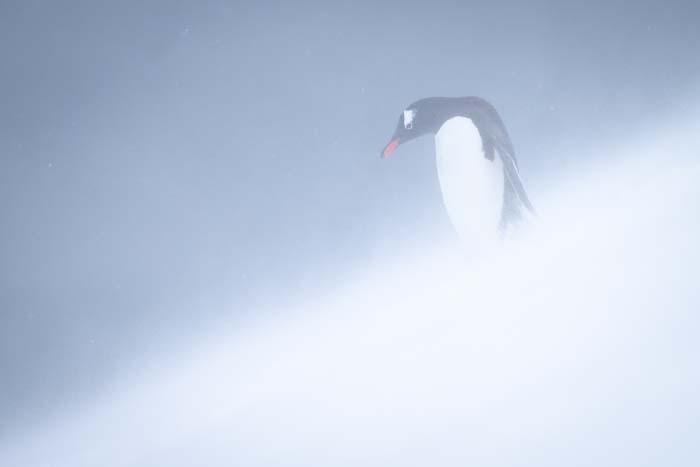
When choosing the best camera for outdoor photography, consider the following:
- Lens selection—a good range of own-brand and third-party lenses to cover every focal length
- Autofocus system—eye and face detection is now a must
- Frame rate—at least 20fps for action photography in sports and wildlife photography
- Image buffer—at least a few hundred if you’re a sports or wildlife photographer
- Memory card format—CFexpress if you want the highest frame rates
- Sensor size—ideally, a full-frame camera
- Sensor resolution—at least 30MP if you’re going to crop or print in large formats
- Ergonomics—controls need to be usable without taking your eye from the viewfinder
- Durability—must have weather-sealing to cope with heat, cold, dust, and water
- Battery life—ideally 1,000 shots for a wildlife or sports photographer
- Size and weight—small enough to carry in your pocket and light enough to handhold with your longest lens
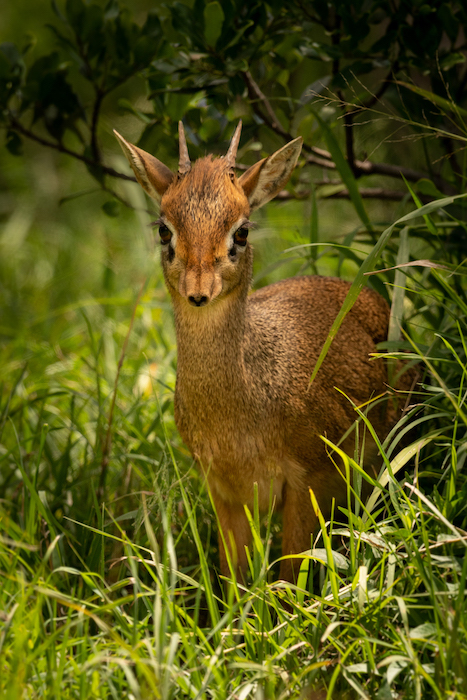
The best cameras for wildlife photographers like me must have high-resolution sensors, high frame rates, and the fastest and most precise autofocus systems available—ideally with eye detection and focus points throughout the frame. I had a Nikon D850 and now have a couple of Sony a1s for these reasons.
On the other hand, professional landscape photographers or nature photographers might want a larger sensor and weather-sealing at the expense of a high frame rate. And street or travel photographers might be more worried about the size and weight of their cameras and lenses.
If you want the best camera for your style and genre of photography, you have to think about what suits you personally. And what can you afford? Don’t just chase after the best possible camera specs.

Our Verdict
I don’t think it’s controversial to say that the best camera for outdoor photography is probably a full-frame mirrorless camera rather than a DSLR.
Mirrorless camera technology hasn’t been around very long. Still, it offers a winning combination of large sensor size, high frame rates, blackout-free shooting, and lag-free EVF with full-frame autofocus coverage. That’s a very attractive package, whatever type of photographer you are.
Yes, the best full-frame mirrorless bodies, such as the Sony a1, are expensive. But Canon and Nikon models are cheaper, and you can always opt for a DSLR if you want to hang on to your old lenses.

Sony a1
The D850 served me well for many years. And the EOS 5D Mark IV is a worthwhile equivalent for Canon users.
Alternatively, you can always drop down to a crop sensor camera—either mirrorless or DSLR. The Canon EOS 90D is a great, all-around stills camera, perfect for landscape photography. And the Fujifilm X-T4 is suitable for wildlife or landscape photographers who don’t fancy lugging around a DSLR and a ton of glass in their camera bags… as you can see, the best camera for outdoor photography can mean a lot of different things!




